Terrazzo is a concrete surface with special aggregate of marble chips(or other decorative material) mixed with white or colored cement in proportion of 3:1(three marble chips : one cement).
Materials
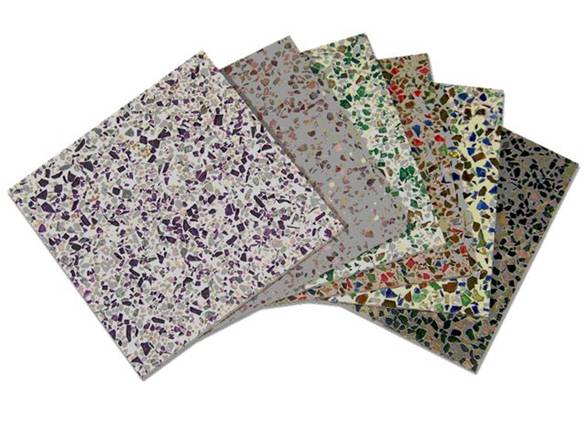
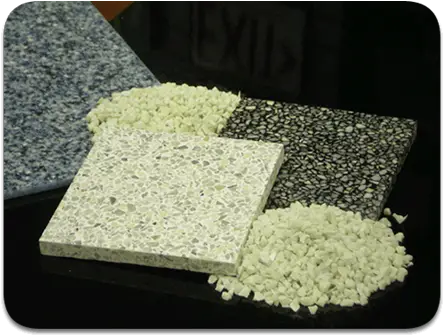
- The flooring may be laid in different thicknesses. 40mm thick flooring will consist of a 6-8 mm thick layer of terrazzo topping and 34-40 mm thick under layer of cement concrete 1:2:4.
- Prior to laying flooring, the whole area is divided into suitable panels by use of dividing strip (made from copper, brass, aluminium or glass) , in order to reduce the risk of cracking, the area of a panel shall not exceed 2sq m.
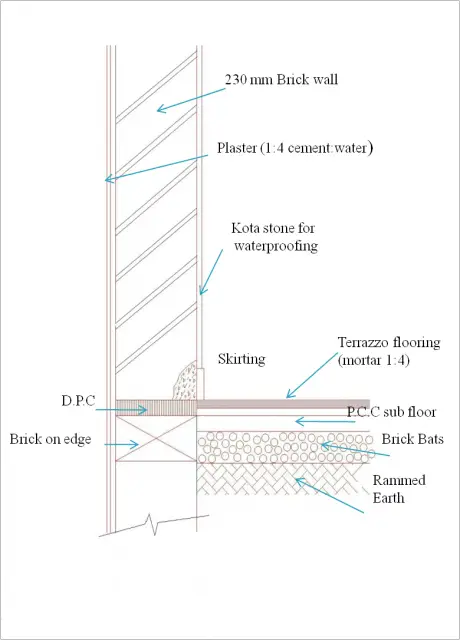
- The concrete under layer is then spread, consolidated, leveled and finished to a slightly rough surface .
- When the under layer has harden sufficiently, already prepared plastic terrazzo mixture is laid and compacted thoroughly by tamping or rolling.
- After tamping or rolling, the surface is floated and troweled and left to dry out for 12 to 18 hours.
- After this period the surface is cured under standing water for 2 days.
Types of Terrazzo Flooring
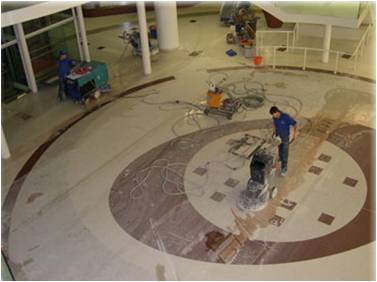
- Portland Cement Terrazzo is a type of flooring using a Portland cement matrix composed of marble or granite chips, Portland cement and water, to which colour pigment may be added.
- Other types of Terrazzo are available, e.g. epoxy matrix terrazzo polyacrylate terrazzo and epoxy bonded.
Specifications
- Cement:
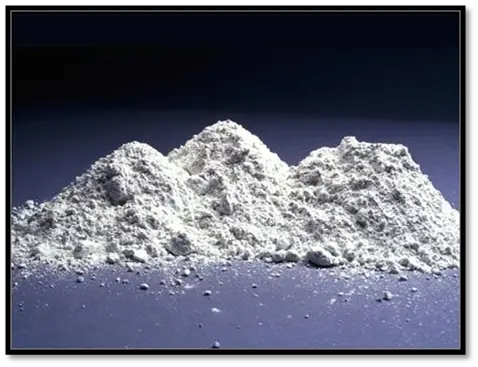
It shall be Natural Portland Cement and shall confirm to the standard (I.S.I) specification ,in case of White Portland Cement, it shall be approved by the architect.
It shall be free from impurities.
It shall have the required tensile and compressive stresses and fineness.
- Colours:

Colour pigments shall be lime proof and non-fading – as approved by the architect.
- Division Strips:
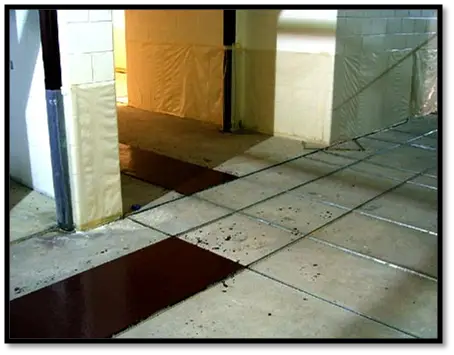
It shall be Either Glass strip (4mm thk) , plain Asbestos sheet (5mm thk) , P.V.C strips/ Aluminium strip /Brass strip (2mm thk).
Strips of stone or marble or any other material of specified thickness can also be used if specifically req.
Strips for dividing terrazzo shall be the heavy-top type.
Strips for dividing terrazzo shall be submitted for architect’s approval.
- Sand:

Sand shall be sharp, coarse, clean, screened sand, free from all deleterious materials.
- Marble Chips:
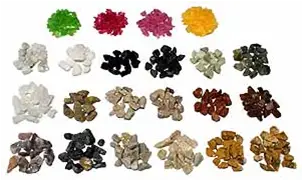
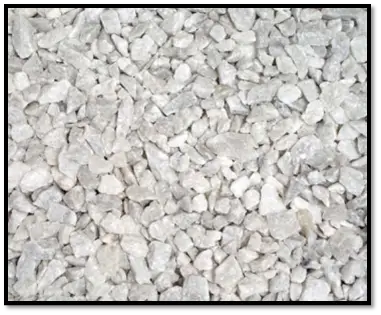
It shall be white or pink Makran ,black Bhainslana ,Chittoor black ,Jaisalmer yellow ,Baroda green ,Dehradun white ,Chittoor pink ,yellow Patam Cherala(Madras), grey Gadu (Surat), Chittoor green and yellow and Alwar black or as specified.
It shall be hard ,sound ,dense and homogeneous in texture with crystalline and coarse grains.
It shall be uniform in colour and free from stains , cracks , decay and weathering.
Procedure and workmanship
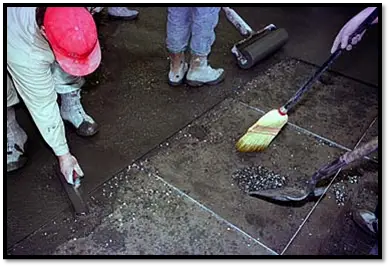
- The cement and marble powder shall be mixed in the proportion of three parts of cement to one part marble powder by weight.
- For every part of cement marble powder mix, the proportion of aggregate by volume shall be according to table:

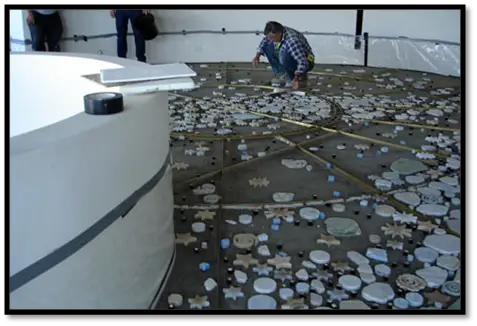
- Where the aggregate of size larger than 10mm are used then the min. thickness of topping shall not be less than 1-1/2 times the max. size of chips.
- Where large size chips such as 20mm or 25mm are used, they shall be used only with flat shape and bedded on the flat face so as to keep the min. thickness of wearing layer.
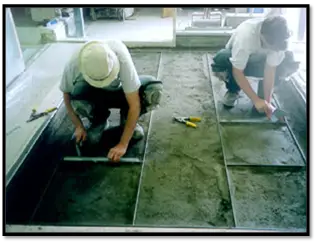
- The cement to be used shall be ordinary grey cement, white cement, coloured cement with add mixture of colouring matter of approved quality.
- Colouring materials where specified shall be mixed dry thoroughly with the cement and marble powder and then marble chips added and mixed.
- This mixture shall be stored in a dry place and well covered and protected from moisture.
- The dry mortar shall be mixed with water in the usual way as and when required.
- The mixed mortar shall be homogeneous and stiff and to contain just sufficient water to make it workable.
- The terrazzo topping shall be laid while the under layer is still plastic, but has hardened sufficiently to prevent cement from rising to the surface.
- This is normally achieved between 18 to 24 hrs. after the under layer has been laid.
- A cement slurry preferably of the same colour as the topping shall be brushed on the surface immediately before laying is commenced.
- It shall be laid to a uniform thickness slightly more than that specified in order to get the specified finished thickness after rubbing.

- The surface of the top layer shall be trowelled over, pressed and brought true to required level by a straight edge and steel floats in such a manner that the max. amount of marble chips come up and are spread uniformly over the surface.
Polishing
- Polishing shall be done by machine. About 36 hrs after laying the top layer, the surface shall be watered and ground evenly with machine, fitted with special rapid cutting grit blocks, (carborundum stone) of coarse grit (no. 60) till the marble chips are evenly exposed and the floor is smooth.
- After the first grinding, the surface shall be thoroughly washed to remove all grinding mud and covered with the grout of cement and colouring matter in the same mix and proportion as the topping in order to any pin holes that appear.
- Where machine polishing is not possible it shall be done by hand.
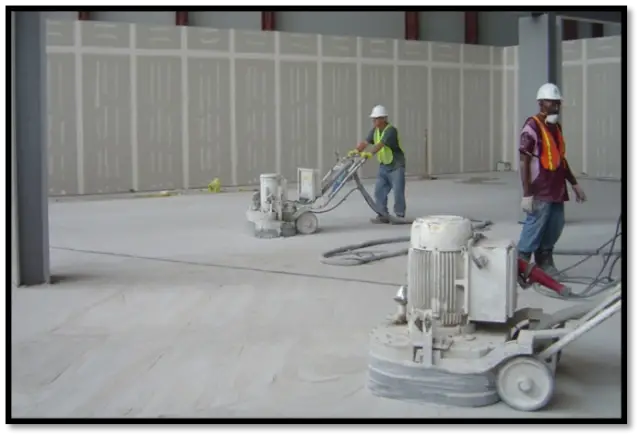
Curing
- The surface shall be allowed to cure for 5 to 7 days and then rubbed with machine fitted with fine grit blocks(no.120).
- The surface is again cured for 3 to 5 days after cleaning and repairing.
- Curing shall be done by suitable means such as laying moist sawdust or ponding water.
Finishing
- Finally the third grinding shall be done with machine fitted with fine grade grit blocks(no.320), to get even and smooth surface.
- After the final polish oxalic acid shall be dusted over the surface @ 33 grams per sq.meter sprinkled with water and rubbed hard with nemdah block(pad of woolen rags).
- The following day, the floor shall be wiped with a moist rag and dried with a soft cloth and finished clean.
Measurements
- Length and breadth shall be measured correct to a cm.
- The area as laid shall be calculated in sqm. Correct to two decimal places.
- The thickness of under layer shall be measured correct to a cm.
- The thickness of top layer shall not be less than that specified.
- Terrazzo (marble chips) flooring laid as floor borders ,margins and similar bands up to 30cm width and on staircase treads shall be measured ,but extra shall be paid for such work.
- Dividing strips shall be described stating the materials ,its width and thickness measured in running metres.
- Special surface finishes to treads ,risers and the ends of concrete steps and the like shall be measured separately and given in sqm.
Rates
- The rate shall include the cost of all material and labour.
- It shall not include the cost of base concrete and cost of providing and fixing division strips, for making panels, which shall be paid for separately.

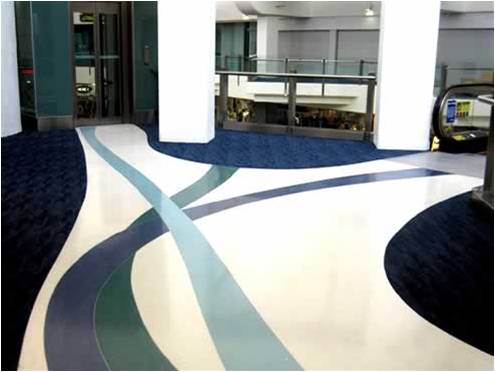
Leave a Reply
You must be logged in to post a comment.